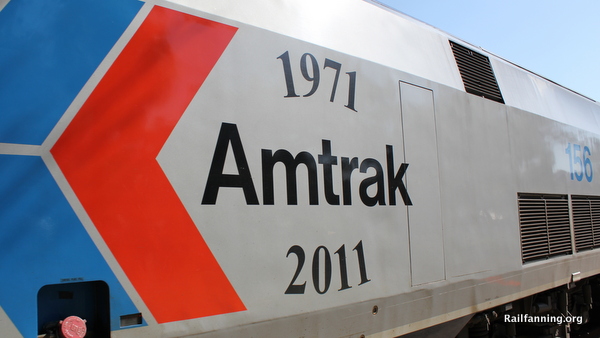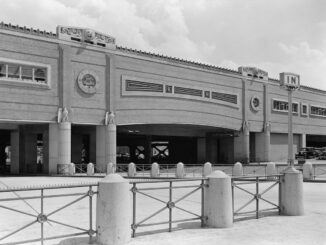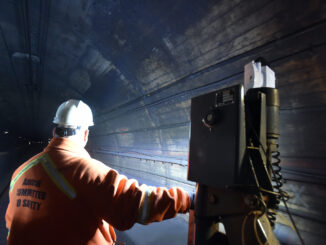
For 41 years, policymakers and the public have debated the benefits and pitfalls of Amtrak.
The national railroad, created as a result of the President Richard Nixon-signed Rail Passenger Service Act of 1970, operates 305 weekday trains across a network of 21,100 rail miles.
The new railroad took over passenger service from struggling railroads, and its first train, The Clocker, departed from Union Station in New York at 12:05 a.m. on May 1, 1971.
Amtrak for years has touted ridership gains. According to Amtrak, between October 2011 and August 2012, ridership was up 3.4 percent. By Sept. 30, when the railroad’s current fiscal year ends, Amtrak said it is expecting to break its annual ridership record of 30.2 million it set during Fiscal Year 2011.
But, the railroad has never turned an annual profit.
“The original intent with which Amtrak was established — that of creating a market-oriented, profit making corporation which would gradually outgrow the need for taxpayer support — would be turned precisely inside out, tending to make Amtrak a permanently subsidized establishment,” Nixon said in a 1973 statement when he signed the Amtrak Improvement Act.
“Emerging trends and international events since that time have increasingly dramatized two additional dimensions of the national interest in enabling–and indeed encouraging–our people to choose a train when they make travel plans,” Nixon said. “Those dimensions are energy conservation and protection of our environment. Railroads can carry more passengers over greater distances per gallon of fuel than automobiles or airlines are able to do, while adding fewer pollutants to our air. With our oil resources becoming increasingly precious, not just this winter but for some years ahead, the energy efficiency of rail travel is an especially compelling argument for expansion of appropriate Federal assistance to Amtrak, the rail passenger corporation.”
Earlier this month, Amtrak’s Amtrak President and CEO Joe Boardman told Congress the railroad “has provided a high return on the limited Federal investment we’ve received.”
“[P]assenger rail has received only a tiny portion of the annual Federal transportation budget,” Boardman said in his written testimony. “To give just one example, in the past four years the Federal government has appropriated $53.3 billion from the General Fund of the Treasury to bail out the Highway Trust Fund. That’s almost 30% more than the total Federal expenditure on Amtrak since 1971 [$39.3 billion].
He added: “Federal expenditures on Amtrak during the past 41 years pale next to what virtually every one of our European and Asian competitors has spent on passenger rail.”
U.S. Rep. John Mica, R-Fla., this month likened Amtrak to a “highly subsidized, Soviet-style rail system.” But, he noted “despite every ticket being underwritten nearly $50 by the taxpayers, Amtrak is an absolute failure in competing with the cost-effectiveness and level of service provided by the private sector.”





